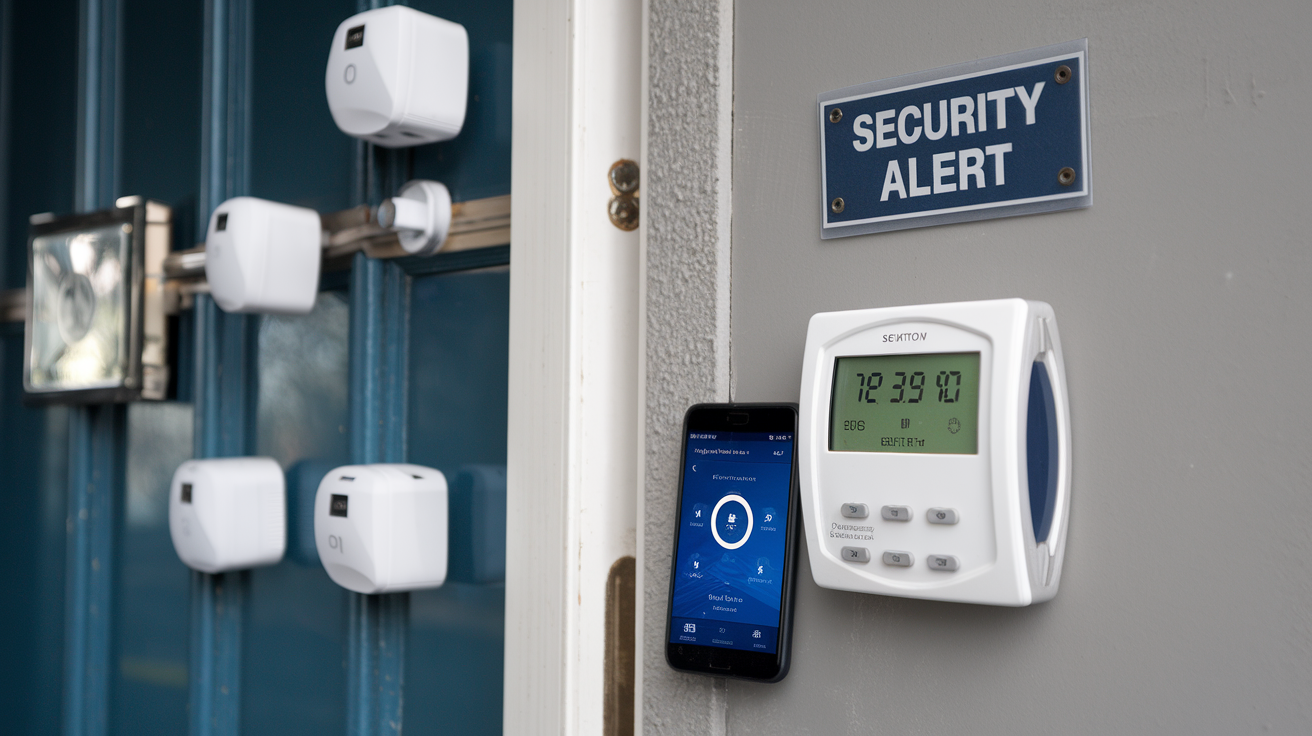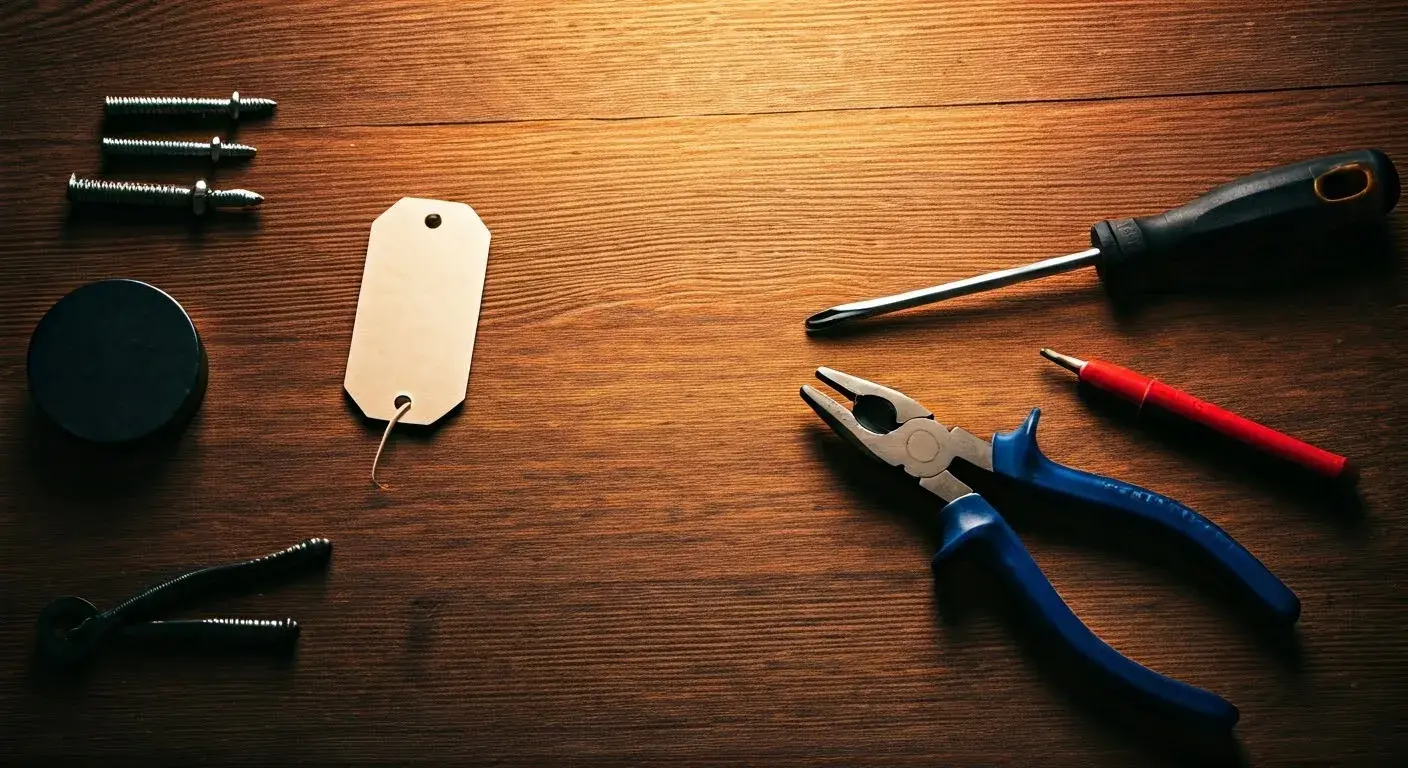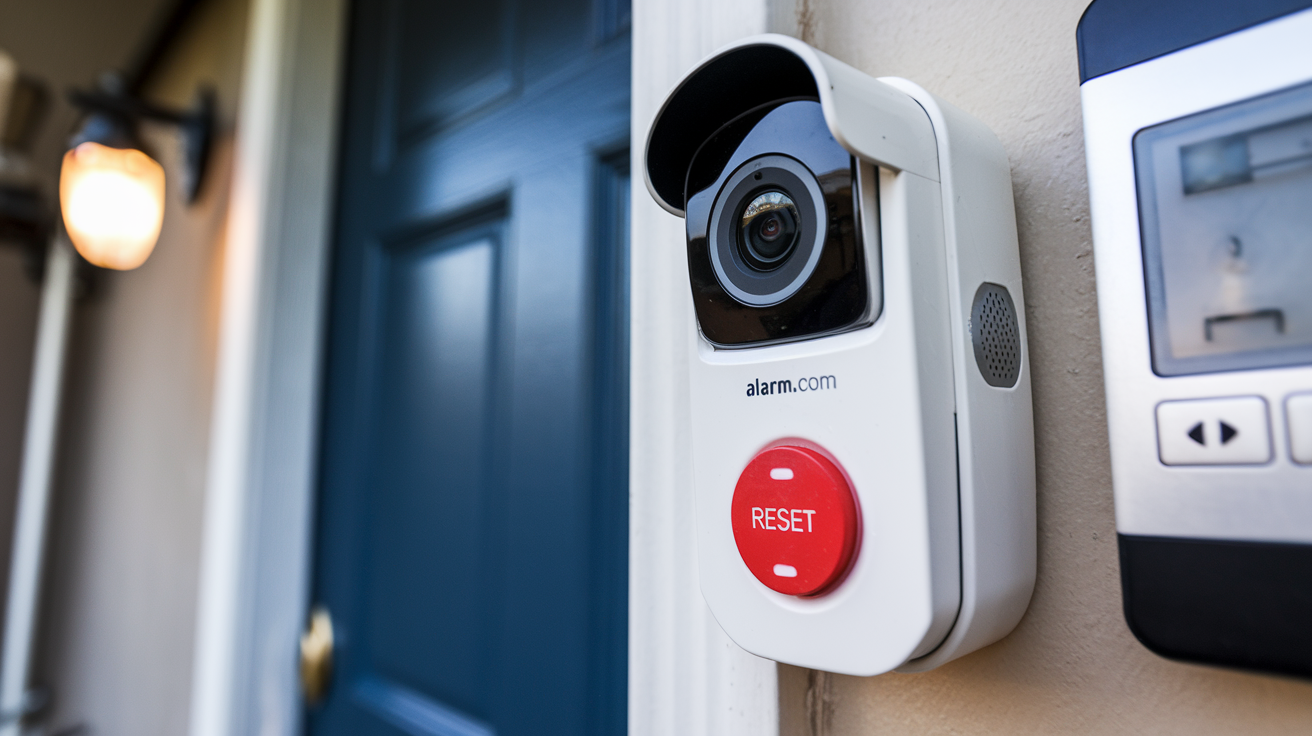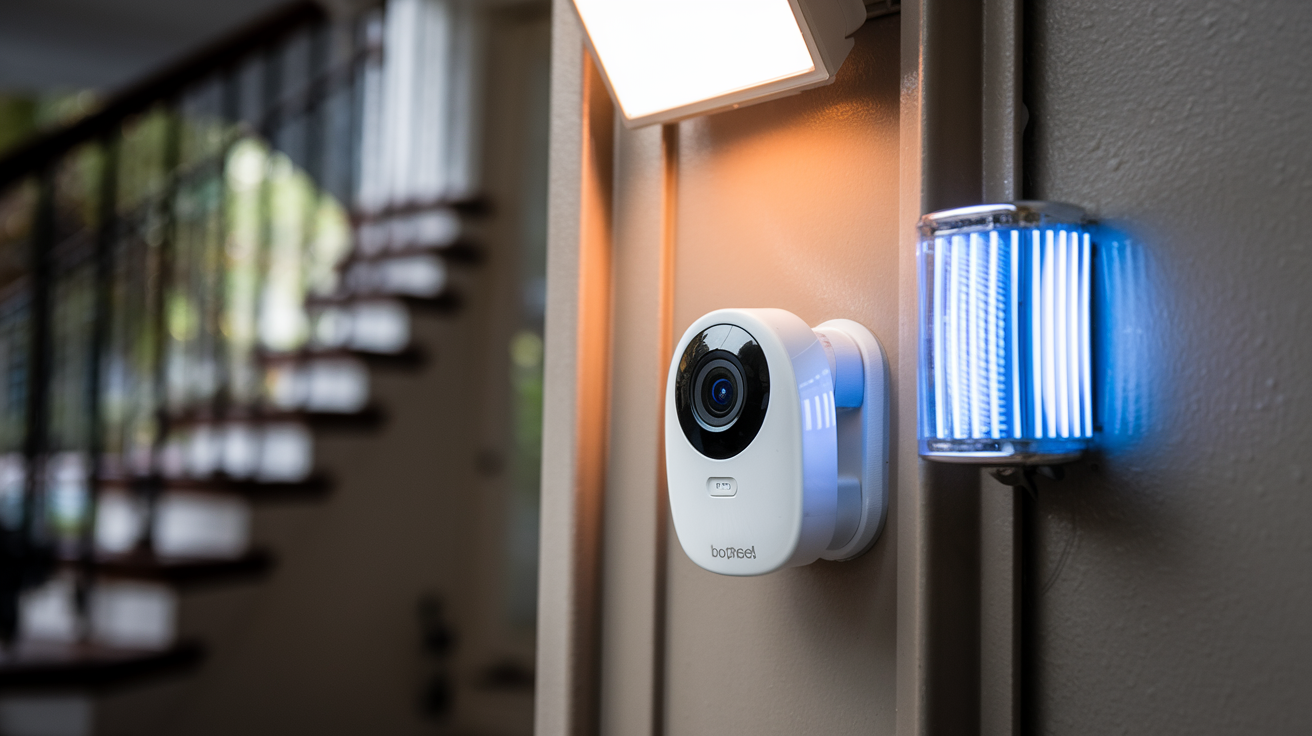Home alarm systems are security devices put in place in houses. Fixed in homes and businesses, home alarm systems are tools meant to notify residents of an incursion, fire, carbon monoxide poisoning, or any other act of sabotage. The technology generates a signal alerting individuals to an emergency that may also notify a monitoring organization or emergency services. The recent past has seen great demand for the best security cameras as they may stop thefts and let homeowners keep an eye on their homes from a distance.
Alarms Systems of a Home Subsystems The various primary components of a home alarm system cooperate to identify crises and set off alarms:
Control Panel: The center of the whole system, the control panel regulates the other components and, in an emergency, generates an alert. Usually found in a hidden part of the home, like a closet, it is installed.
Sensors: Various sensors detect intrusion, smoke, fire, floods, and other events occurring in the house. Typical home alarm sensors include motion sensors, door/window contacts, glass breakage detectors, smoke alarms, heat alarms, water flood sensors, and carbon monoxide detectors. These sensors alert the control panel so they may identify circumstances calling for immediate care.
Alarm Sounder: When the control panel sends a signal to the alarm sounder—an audible device—such as a bell, siren, or horn—which produces a loud sound to wake inhabitants within the house. This helps the intruder either evacuate the home from fire or any other hazard alerting the inhabitants or vice versa.
Keypad: Keypads enable homeowners to enter a certain numerical code and therefore activate or deactivate the system. To improve simple usage, some systems use different keypads positioned in different areas of the home.
Telecommunicator: Also known as a dialer, the telecommunicator is assigned to phone the emergency responders or monitoring services upon alarm activation. Telecommunicators forward emergency signals via phone lines, cellular networks, or the Internet when the control panels get a signal.
The ability of Home Alarm Systems to detect Emergencies Home alarm systems incorporate some alarms to supervise different types of disasters at any one time of the day. Here is how some common sensors detect different emergencies:
Intrusion Detection: This is because both the motion sensors and the door/window sensors are used to monitor any form of entry into the home. Motion sensors employ the use of infrared, microwave, or ultrasonic waves to detect movement while door and window sensors trigger when a door or window has been opened. After the system is armed, these sensors send the alarm signal to the control panel after they get activated.
Smoke and Fire Detection: Ionization smoke detectors and photoelectric smoke detectors work through the detection of changes in air quality caused by smoke particles in fires. Similarly, heat detectors sound the alarm if temperatures in the surrounding environment exceed certain levels suggesting a fire. Flame sensors can directly sense fires respectively by detecting the infrared light wavelengths.
Carbon Monoxide Detection: Specifically, the CO detectors are designed to detect the CO in the air and sound the alarm when the concentration is high enough to be poisonous or suffocating to humans.
Flood Detection: Water leak sensors installed close to the plumbing fixtures, appliances, and sump pumps operate by sounding an alarm when water is present. These assist in identifying flooding problems before severe water damage is experienced.
These sensors send signals to the control panel and the control panel triggers the right alarm response to alert homeowners and other emergency services to minimize loss of lives and property.
Linking Home Alarm Systems to Monitoring Stations Where home alarm systems are triggered, they sound alarms within the home whenever emergencies occur but at the same time alert offsite monitoring centers to dispatch emergency personnel. Monitoring centers have people who watch and check alarm signals all day to ensure that the emergencies are real and that they need to call the fire department, medical services, or police depending on the situation.
There are ways alarm monitoring services receive alerts from home systems
Landline Connection: Most of the home alarm systems include dialers to convey the alert signals through the wire-line telephone link. When the control panel senses an emergency, the dialer calls the monitoring center over the landline to relay information about the incident.
Cellular Connection: Cellular communicators are another wireless solution for alarm monitoring services. Cellular systems are used to send alarm signals to the monitoring centers by utilizing the cellular networks and services. Cellular options are available for use in homes that have no fixed lines or as a second line of communication.
Internet Connection: New IP communicators enable alarm systems to link to monitoring services by home internet networks and broadband connections. Internet-enabled communicators are easy to use but the internet can at times be ‘down’ while cell connections are more reliable during emergencies.
When an alarm signal is received at the monitoring center, monitoring agents who have been trained analyze the details of the alarm and then promptly relay the information to the relevant emergency response units. It will also be possible for agents to make calls whereby they will try to speak to the homeowners to further check if the situation deems them as an emergency. Professional monitoring services assist home alarm systems to make sure that emergency signals get to the first responders on time.
Home alarm system: How to keep your alarm system in Working Order While home alarm systems are reliable, homeowners still need to take some responsibility for maintaining their systems in good working order:
Test the system regularly: Alarms should be tripped at least once a month to check the functionality of the security systems in the homes. Testing confirms that sensors and connections operate correctly to identify emergencies. This also helps in making users conversant with the systems by regularly undergoing practice tests.
Check the battery: Backup batteries ensure that alarm systems have power in case of power outages to ensure they continue functioning. Perform daily checks on backup battery levels to confirm that adequate standby power is stored in case of an emergency.
Inspect all system components: From time to time, check all physical components of the alarm system in the home for signs of damage or malfunction. Ensure that the motion sensors are not obstructed, the door/window sensors are in good contact, and all the connections are tight.
Update wireless components: Many home alarm systems are wired and wireless thus, incorporating both forms of connections. Wireless modules must be updated periodically to provide the newest firmware and stable connection. Wireless sensors also operate on batteries so should check these regularly too.
Follow maintenance schedules: Home alarm systems need professional or self-servicing, checking or examination from 1-3 years according to manufacturer recommendation. That is why scheduled maintenance is important to ensure that alarm systems are in proper condition and properly tuned.
Conclusion
Home alarm systems are very helpful in the protection of homes and families through the use of sensors, alarms, and monitoring services. By knowing the various components of home alarm systems and how these components help to monitor one’s properties for smoke, intrusions, flooding, carbon monoxide, and more, homeowners feel assured that the systems offer reliable protection. Carrying out system tests and maintenance periodically also helps homeowners get optimum satisfaction from professional monitoring agreements and essential alarm devices. With the advancement of technology, home security systems are becoming smarter, networked, and crucial for overall home safeguarding.
Protect your home today with ADT’s top-rated security solutions!
Call now at +1 877-470-7879 to get a free consultation and find out how you can secure your home with the best in the business. Don’t wait—ensure your peace of mind with ADT!







